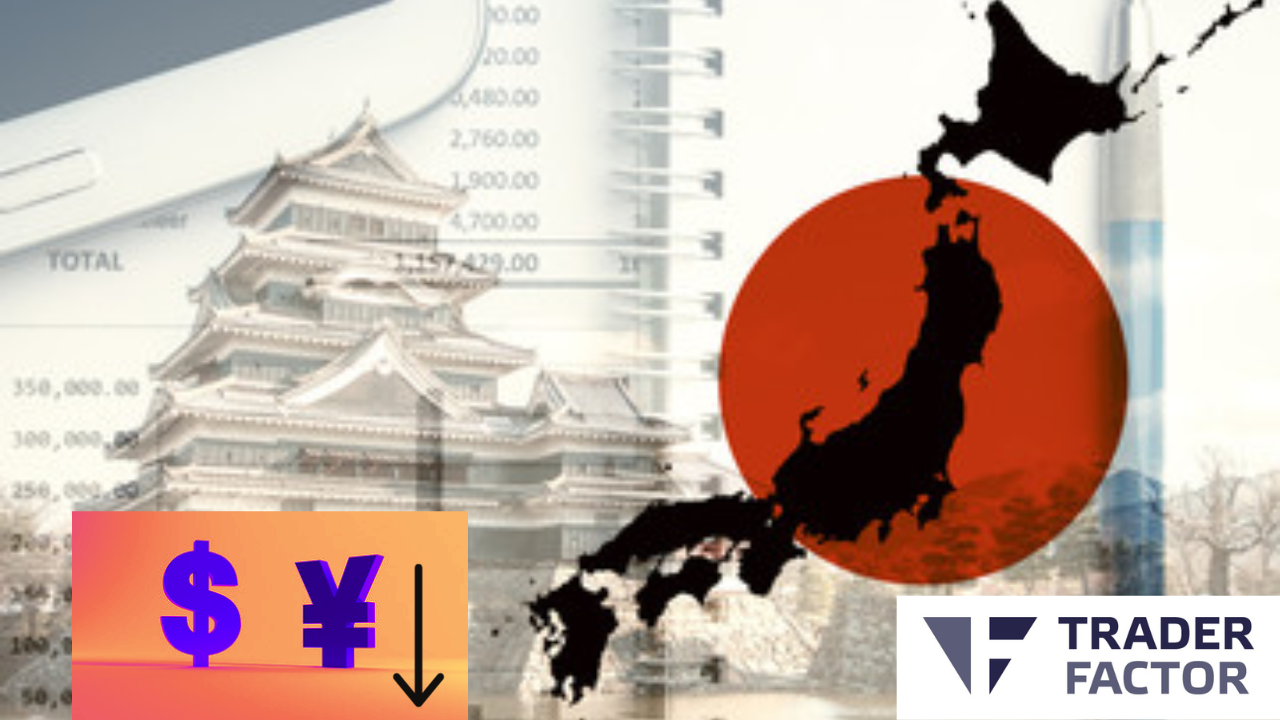The Bank of Japan (BOJ) has announced its decision to maintain the status quo on interest rates and bond yield targets, amidst a backdrop of global economic uncertainty. The announcement came after the BOJ’s monetary policy meeting held on September 22, 2023.
The central bank unanimously decided to keep the short-term policy interest rate at -0.1 percent, applying this negative rate to the Policy-Rate Balances in current accounts held by financial institutions at the Bank. This move aligns with various analysts’ predictions and reflects the BOJ’s ongoing commitment to stimulating the Japanese economy.
Additionally, the BOJ will continue purchasing a necessary amount of Japanese government bonds (JGBs) without setting an upper limit, ensuring that the 10-year JGB yields remain around zero percent. This decision aims to maintain a stable yield curve and foster a conducive environment for economic growth.
Despite these measures, the yen weakened as markets reacted to the BOJ’s decision. This could potentially increase the competitiveness of Japanese exports, given the increased affordability of Japanese goods for foreign buyers.
USDJPY Daily Chart

Meanwhile, the BOJ acknowledged the slowed pace of recovery in overseas economies. Still, it noted that Japan’s economy has recovered moderately, supported by high corporate profits and a steady increase in private consumption.
Looking ahead, the BOJ expects Japan’s economy to continue growing at a pace above its potential growth rate. It anticipates that the year-on-year rate of increase in the consumer price index (CPI) will decelerate, mainly due to the waning effects of cost increases led by past rises in import prices.
While the BOJ’s decisions come in light of domestic economic conditions, they also occur amid broader international dynamics. Such international economic indicators will undoubtedly factor into the BOJ’s future policy decisions as it navigates the complexities of global economic recovery.
Bank of Japan Ultra-loose Monetary Policy
The Bank of Japan (BOJ) continues to maintain an ultra-loose monetary policy for a variety of reasons, primarily to stimulate economic growth and combat deflation.
Economic Stimulus
The BOJ’s decision to keep the short-term policy interest rate at -0.1% is intended to encourage financial institutions to lend more, thereby stimulating economic activity. Ultra-low or negative interest rates can spur consumer and business spending, which in turn can promote economic growth.
Inflation Control
Japan has been struggling with low inflation or deflation for decades. The BOJ’s ultra-loose monetary policy aims to achieve its inflation target of 2%. By injecting more money into the economy, the BOJ hopes to increase price levels and avoid the economic stagnation associated with deflation.
Yield Curve Control
The BOJ purchases a necessary amount of Japanese government bonds (JGBs) without setting an upper limit, ensuring that the 10-year JGB yields remain around zero percent. This policy, known as yield curve control, aims to maintain a stable yield curve and foster a conducive environment for economic growth.
Currency Depreciation
An ultra-loose monetary policy can lead to a weakening of the yen, which could potentially increase the competitiveness of Japanese exports. A weaker yen makes Japanese goods more affordable for foreign buyers, thereby boosting Japan’s export sector.
Global Economic Uncertainty
Amidst the backdrop of global economic uncertainty, the BOJ’s ultra-loose monetary policy serves as a safeguard against potential economic shocks. By keeping interest rates low, the BOJ provides a buffer that can help stabilize the economy in turbulent times.
Despite these efforts, the effectiveness of the BOJ’s ultra-loose monetary policy remains a topic of debate among economists and policymakers.
Read next:
Read These Next
Creating an Effective Forex Trading Plan
The Winning Mindset for Weekend Forex Trading
Essential Education for Taxes on Forex Trading
What is a Margin Level in Forex?
Forex Breakout Strategy: A Guide for Profitable Trading
Forex Consolidation Breakout Strategies for Traders
Disclaimer:
All information has been prepared by TraderFactor or partners. The information does not contain a record of TraderFactor or partner’s prices or an offer of or solicitation for a transaction in any financial instrument. No representation or warranty is given as to the accuracy or completeness of this information. Any material provided does not have regard to the specific investment objective and financial situation of any person who may read it. Past performance is not a reliable indicator of future performance.

















